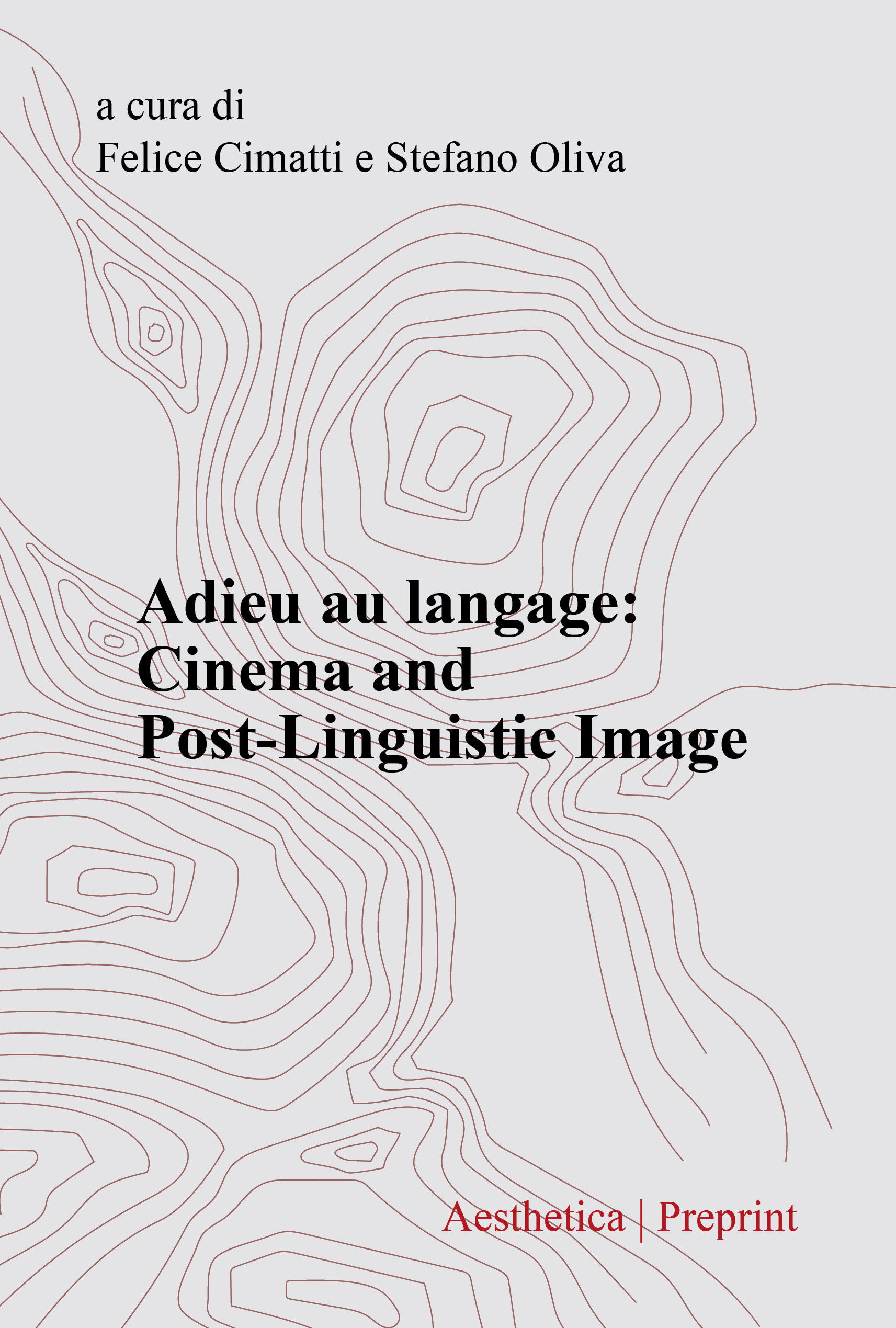Abstract
The essay is a retracing of the concept of Obraznost’ (which we can translate as Imaginity), which Sergei M. Ejzenštejn theorised from the 1930s onwards. The concept immediately stands out as one of the Soviet director and theorist’s densest and most evocative theorisations. Obraznost’, in fact, is what for Ejzenštejn indicates the visual power of the word, the capacity that the world has to create images endowed with meaning: as distinct from the pure representation (izobraženjie) of an object, the Imaginity is thus configured as a power of meaning, which in montage leads to the creation of an image (obraz). The power of image thus does not belong only to the field of the visual but invests any form of expression, from the written word to sound, which literally becomes something else, tending towards a complex dimension that is precisely that of the image. Reconstructing the genesis and development of the concept of Imaginity in Ejzenštejn – through the director’s analysis of a poem by Majakovsky or a triptych by Rubens and through Alexander Kluge’s reinterpretation of Ejzenštejn’s montage – the essay develops the theoretical implications of the concept in order to highlight its relations with the contemporary debate and, in particular, with the idea of montage as a form of Material Thinking or Visual Thinking (according to Catherine Grant and Timothy Corrigan’s definitions) that uses the image to construct conceptual and analytical forms, in experimental cinema, film essay or contemporary Videographic Criticism.

